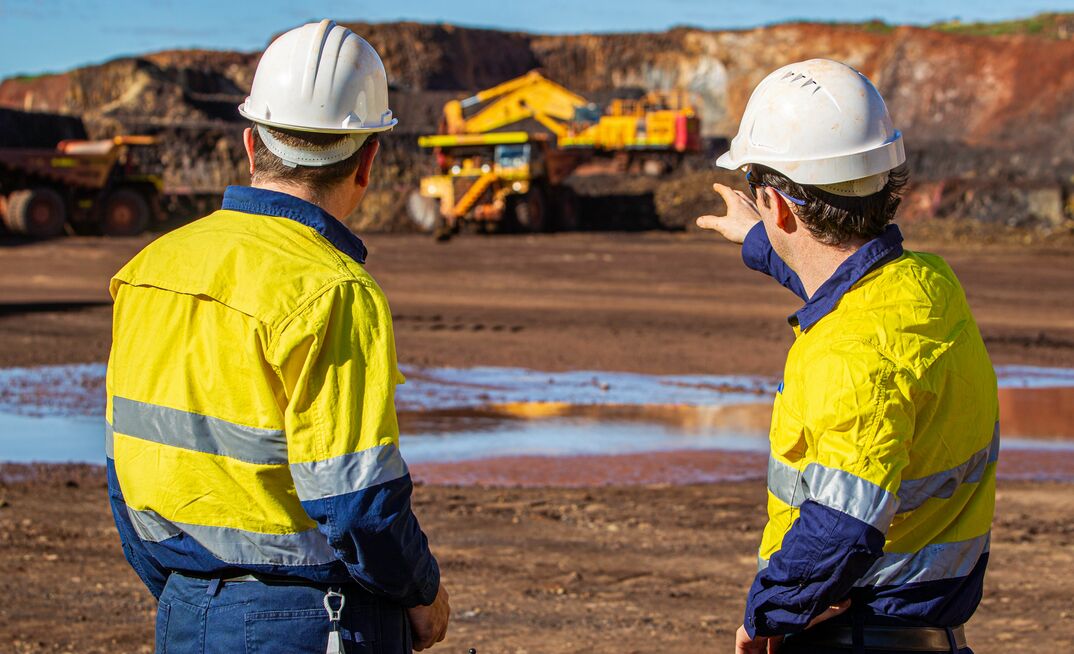A workers shortage has been a driver of the cost pressures facing miners. Perhaps more threatening is the lack of young people prepared to pursue a career in the sector.
The good news, at least for now, is that the wage cost pressures and worker shortages seem to be easing.
Whitehaven Coal managing director and chief executive officer Paul Flynn told an analysts' call to discuss the miner's March quarter results that he was seeing cost reductions for the first time in a long time, a view shared by Fortescue Metals Group and Stanmore Resources.
"We are seeing savings coming through now with procurement on the procurement side of the business," Flynn said.
YOU MIGHT ALSO LIKE
"It has been a while since I've seen that and now that we are actually renewing contracts and services that have been provided to the business, we are actually seeing the inflationary impacts that were evident in our services and contract provision starting to moderate, which is good. That's part of the puzzle."
However, while the worker shortage seems to be easing for now, it will likely come roaring back worse than ever unless mining can make itself more attractive to young workers.
The industry faces a major skills gap that threatens to get even wider as ageing workforces lose existing workers to retirement and old skills give way to new technologies.
It appears the industry's response to this is that the importance of mining to global economic decarbonisation will be enough to draw the best and brightest to the sector.
So far, that has not been the case.
This is why Future of Mining Perth 2025 has devoted an entire stream to the Workforce of the Future.
Speakers in this area include IGO manager health and wellbeing Davina Pellicano, Curtin University lecturer Zane Hughes, Rio Tinto reward and recognition manager Valentina Ruta and Australian Mining and Automotive Skills Alliance senior manager workforce planning and policy Dr Aneeq Sarwar.
Management consultancy McKinsey says mining job vacancies in Australia have more than doubled since February 2020, with forecasts that the industry needs about 24,400 more workers by 2026 to meet labour demands.
According to McKinsey, there will only be 16,000.
It says the industry is crying out for data analytics, engineering, mechatronics and environmental science skills, with roles available at all levels including entry level operators, engineers, drillers, geoscientists, logistics, procurement, data analytics/artificial intelligence and functional specialists.
An Antenna Research report suggests one way to do that is to increase the number of women entering the industry.
Its Women in Drilling report shows women make up just 12% of the global mining and metals workforce, which leaves a largely untapped pool of talent.
The report surveyed more than 1000 women aged between 18 and 35 on their attitudes to mining.
Nearly half the respondents reported that mining would not be a suitable career choice for them, with 40% citing physical and emotional safety as deterrents to working in the industry.
No doubt the tabling of the Enough is Enough report into sexual abuse in the fly-in, fly-out sector and the findings of reports Elizabeth Broderick conducted into the culture at Rio Tinto and Gold Fields play into that.
However, those issues can be addressed, as this report into the experiences of senior female mining executives shows.
The battle for the hearts and minds of the best and brightest will be one of the more crucial ones facing the mining industry in the coming years.
























